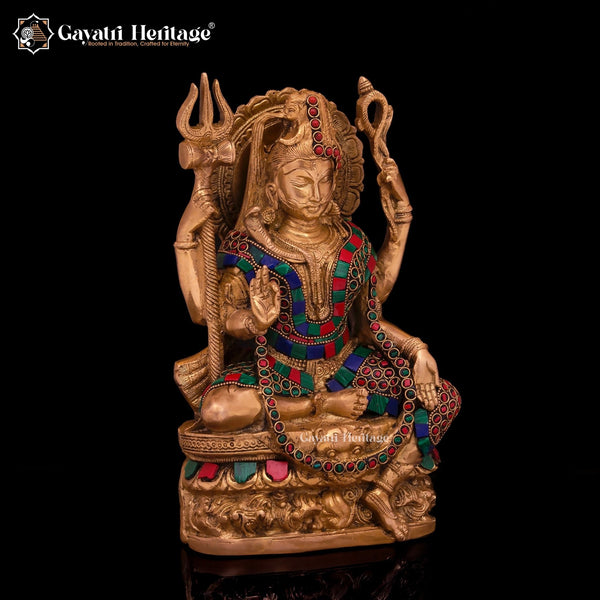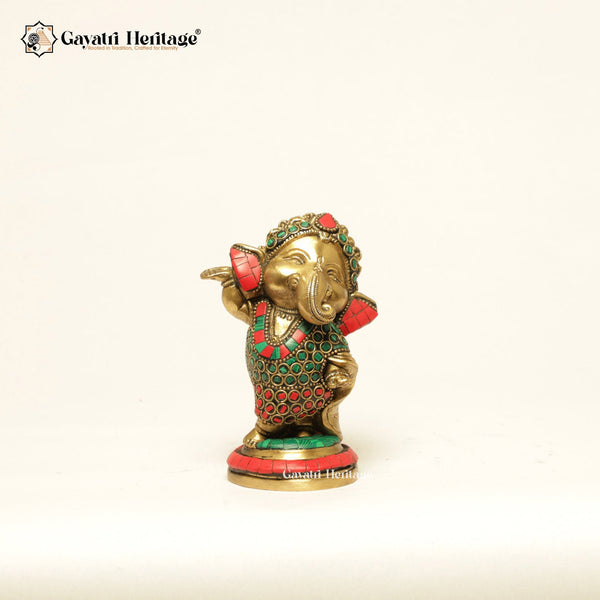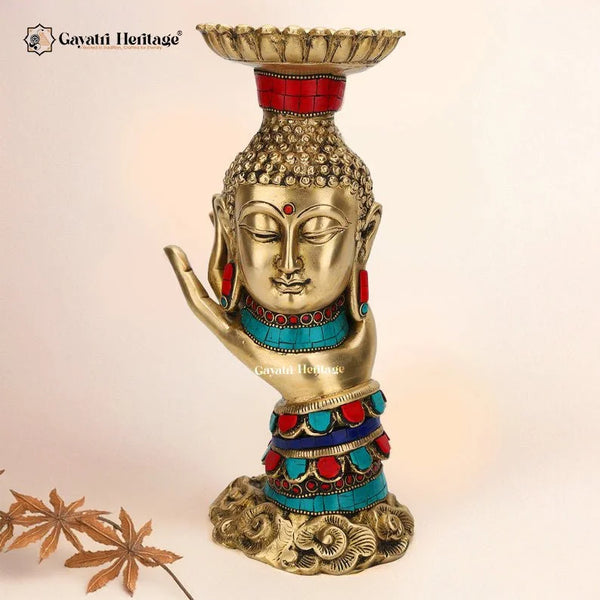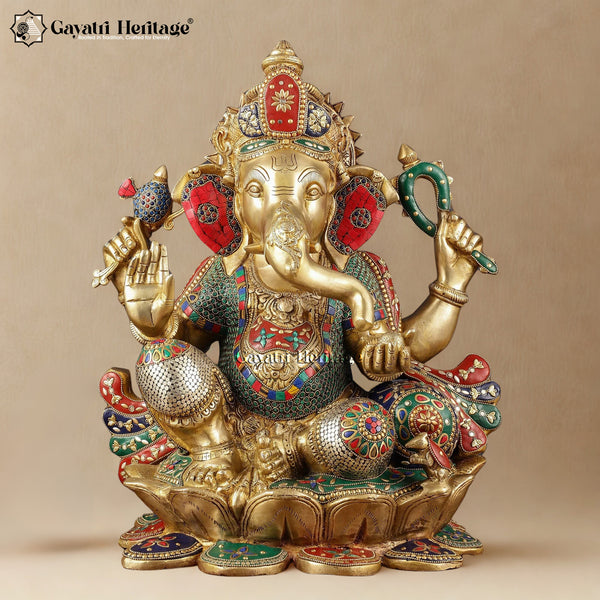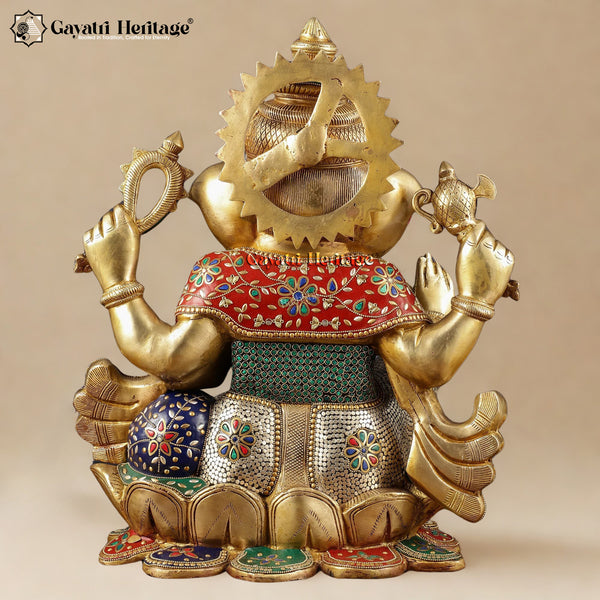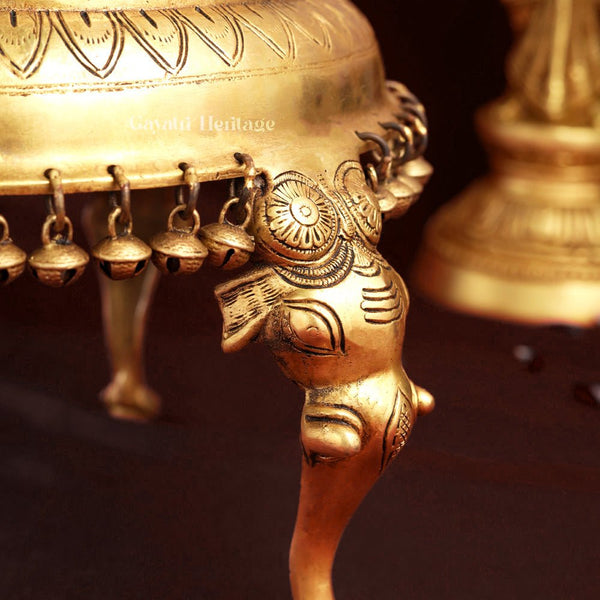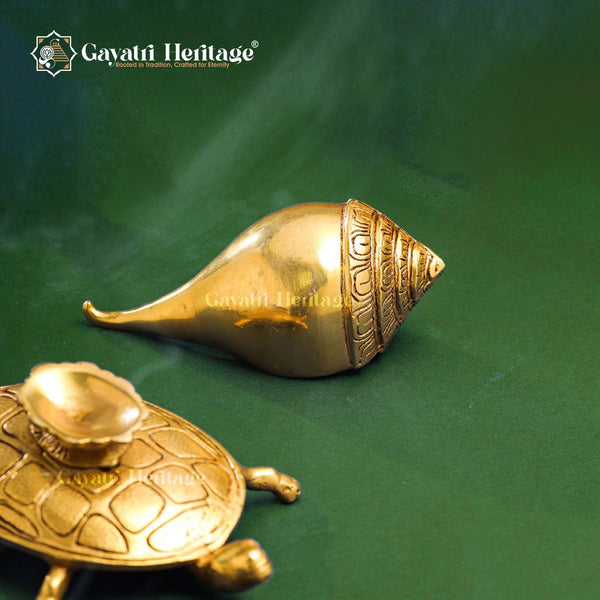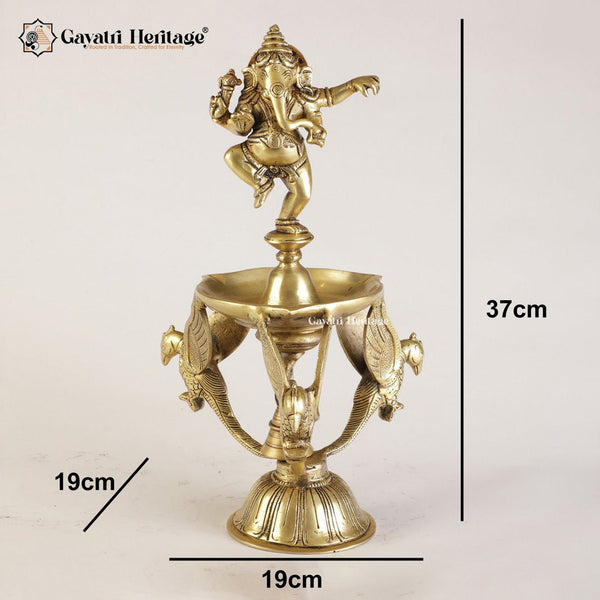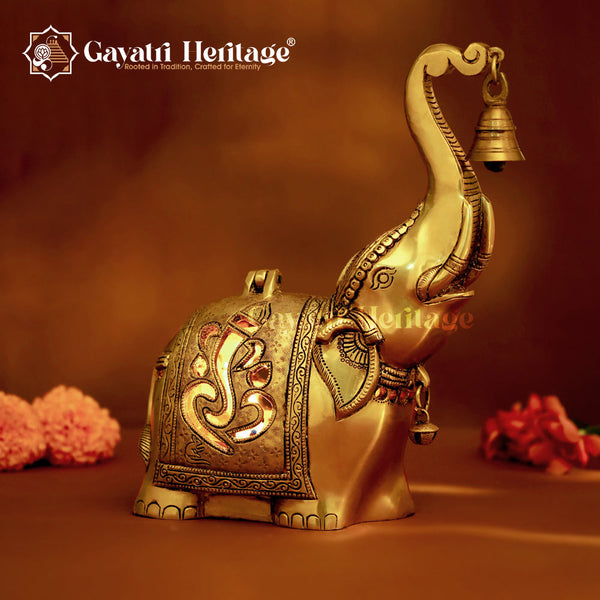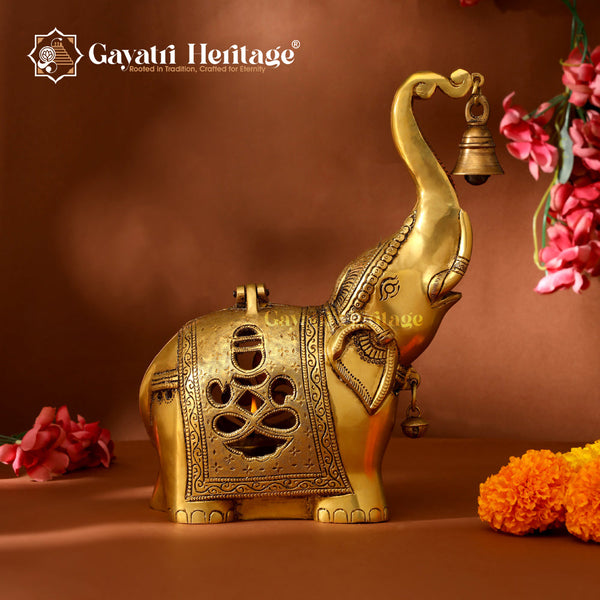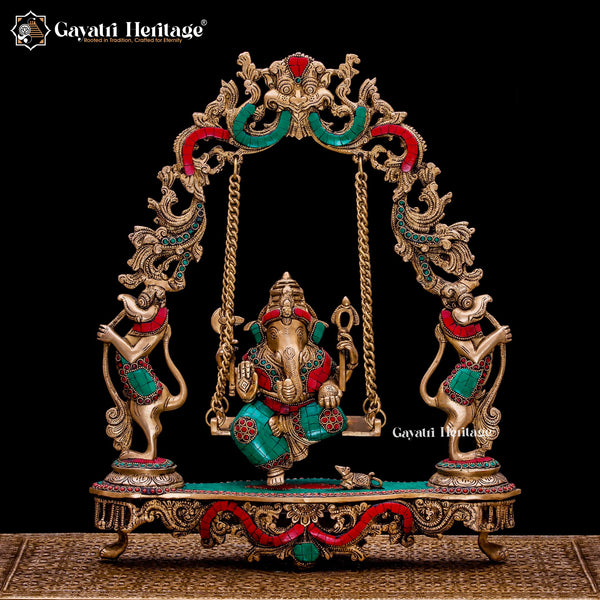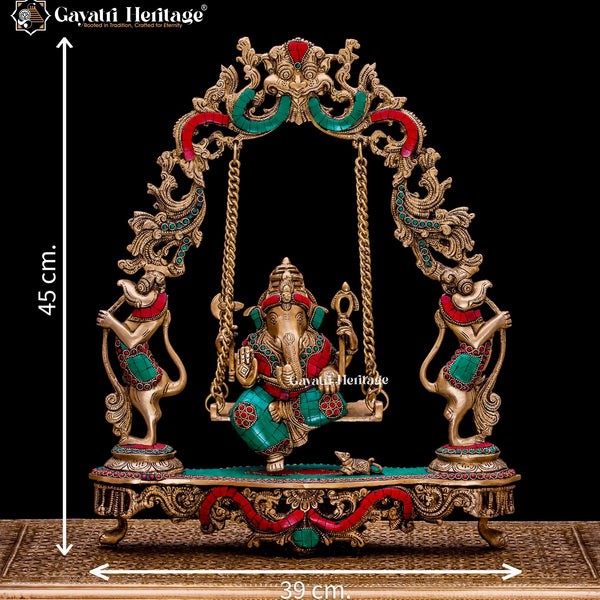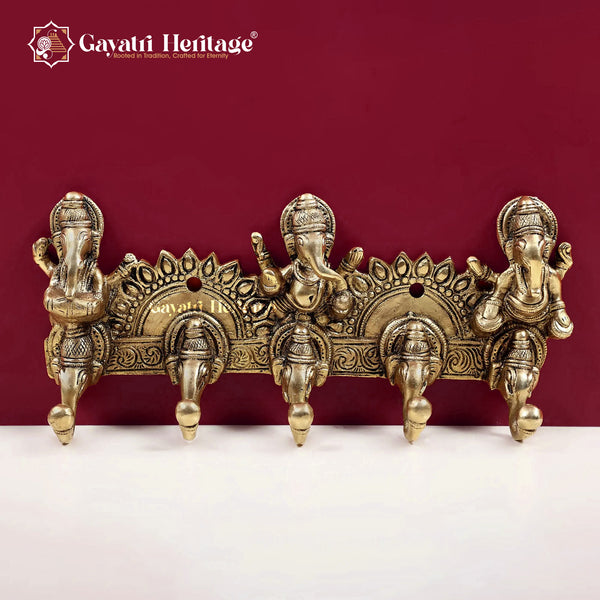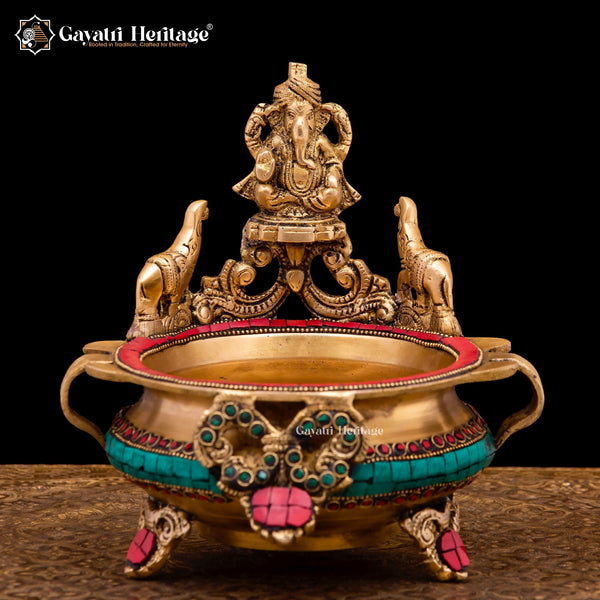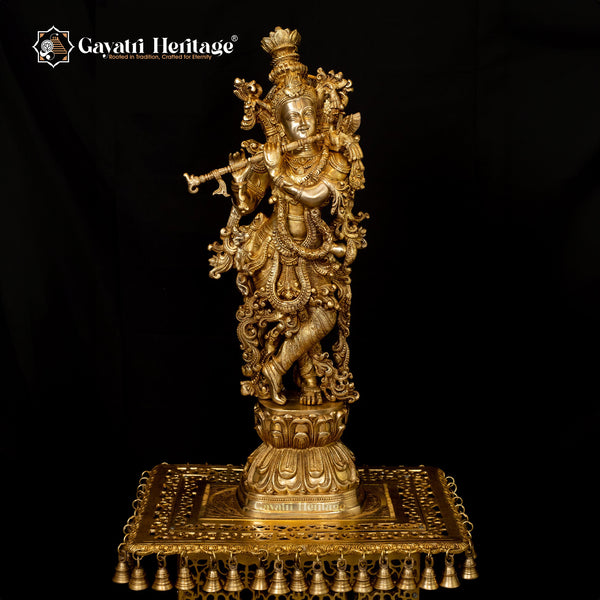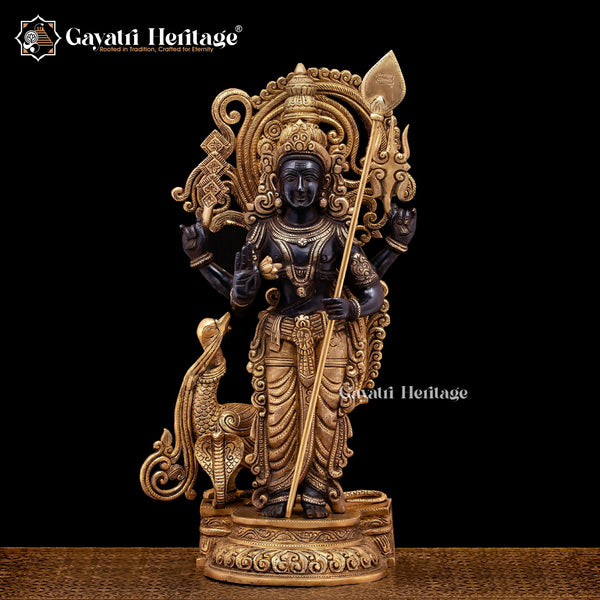Lord Krishna, one of Hinduism's most revered deities, is often depicted with a cow. This iconic imagery carries profound spiritual, cultural, and environmental significance, resonating deeply with devotees across the world. From his playful childhood in Vrindavan to his role as a divine protector, Krishna’s connection with the cow has become a symbol of harmony, abundance, and nurturing care.
In this blog, we’ll explore the deeper meaning behind Lord Krishna with cow imagery, its historical context, and why it continues to hold a special place in Hindu culture.
1. Krishna as Gopal: The Divine Cowherd
In Hindu mythology, Krishna's early years in Vrindavan are marked by his role as Gopal, the protector of cows. As a child, he would herd cows and calves, demonstrating care and responsibility. This earned him the affectionate title Govinda, meaning "the protector of cows."
Cows symbolize prosperity and selfless service in Hinduism, and Krishna's association with them emphasizes his nurturing and compassionate nature. His flute-playing would mesmerize the cows, who would gather around him in divine harmony.
2. The Symbolism of Lord Krishna with Cow
The depiction of Lord Krishna with cows conveys several key messages:
- Spiritual Abundance: Cows represent Kamadhenu, the wish-fulfilling divine cow in Hindu mythology, symbolizing wealth and prosperity.
- Nurturing Love: Krishna’s bond with cows reflects his unconditional love and care for all living beings.
- Harmony with Nature: As a cowherd, Krishna showcases the importance of living in harmony with nature and respecting all creatures.
3. Cultural Importance of the Cow in Hinduism
In Hinduism, cows are revered as sacred animals. They are seen as a symbol of divine and natural beneficence, providing milk and serving as a cornerstone of agrarian life. Krishna's relationship with cows highlights their significance in sustaining life and spirituality.
4. Lessons from Krishna’s Bond with Cows
The imagery of Lord Krishna with cow teaches timeless values:
- Compassion: Caring for animals and nature reflects compassion and kindness.
- Simplicity: Krishna’s life as a cowherd emphasizes humility and the joys of simple living.
- Spiritual Connection: The cow is a bridge between humans and the divine, symbolizing a harmonious relationship with the universe.
5. Why Lord Krishna with Cow Is Iconic Today
The image of Krishna with cows continues to inspire modern devotees. It is prominently featured in temples, art, and festivals, such as Janmashtami and Govardhan Puja. This timeless depiction reminds us of the eternal values of love, care, and sustainability.
Conclusion
The imagery of Lord Krishna with cow is not just an artistic representation but a profound symbol of spiritual and cultural values. It reminds us of the importance of compassion, harmony, and respect for all life forms.
Whether through mythology, art, or daily worship, Krishna’s bond with cows remains a powerful message of divine love and the interconnectedness of all beings. Embracing these values can lead to a more balanced and meaningful life.
Keywords: lord krishna with cow, spiritual significance of krishna, hindu mythology, krishna cow symbolism, krishna as gopal, govinda meaning, cultural importance of cows, harmony with nature, krishna childhood stories






